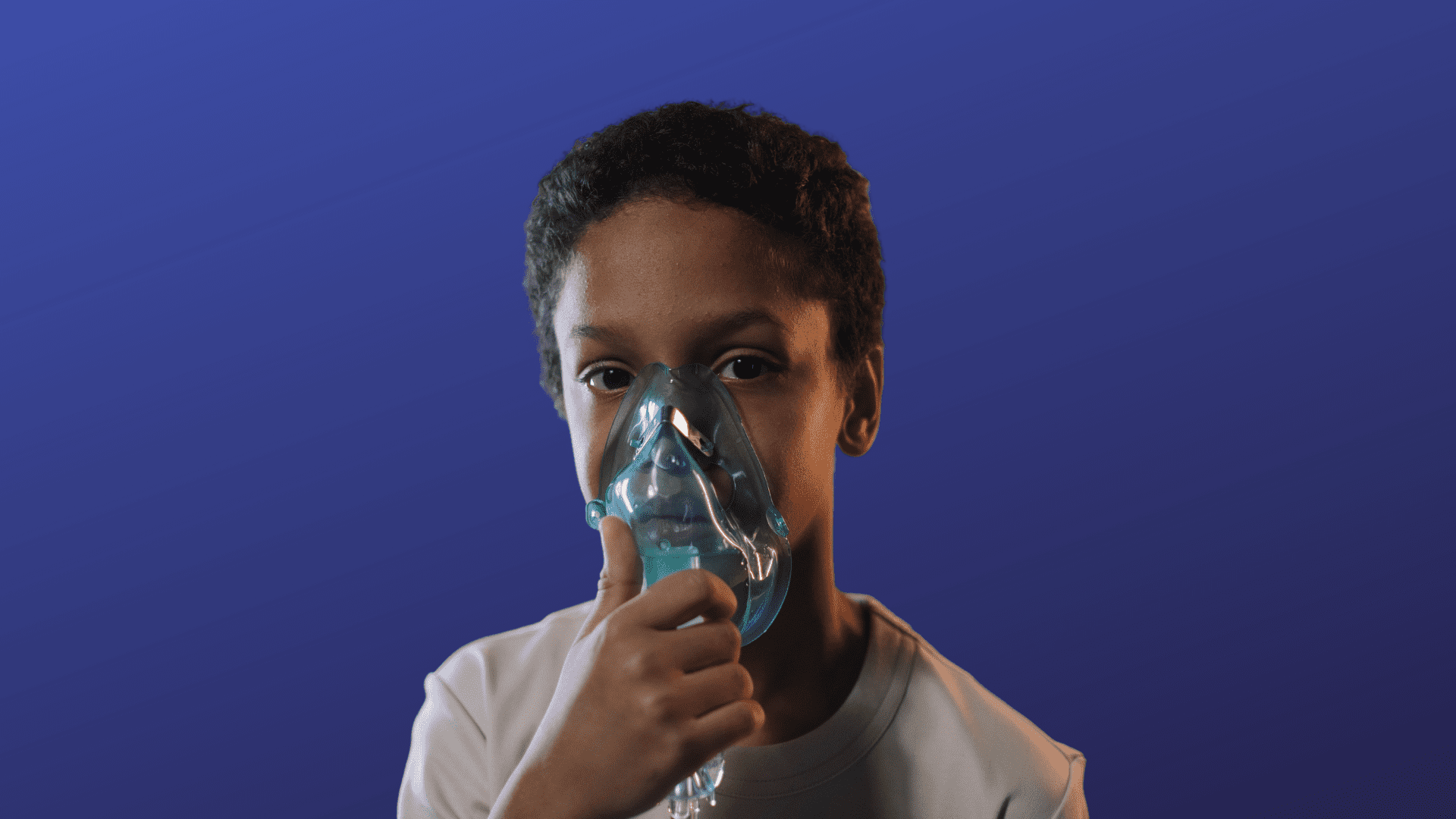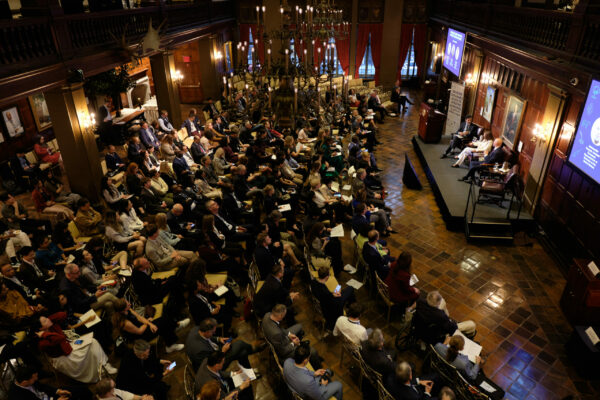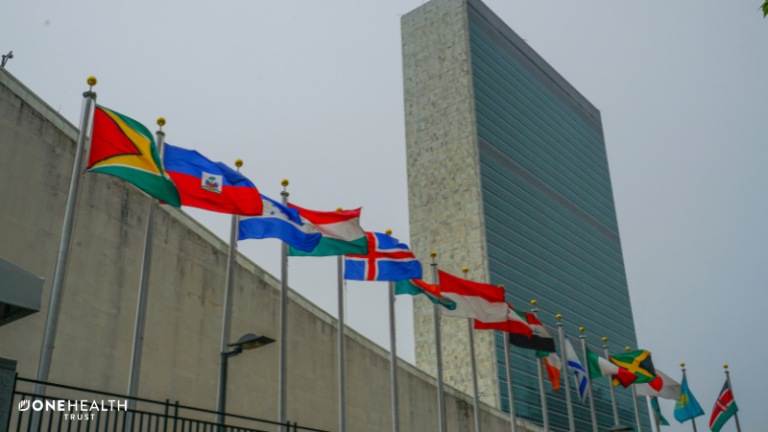November 23, 2022

In response to the humanitarian crisis in India brought on by the second wave of the COVID-19 pandemic in April 2021, OxygenForIndia was founded to address the urgent need for life-saving medical oxygen. Although the peak of the COVID-19 pandemic has passed, OxygenForIndia continues to work to prevent another oxygen supply disaster from ever happening again. We interviewed One Health Trust Founder and President, Dr. Ramanan Laxminarayan, about the history and future trajectory of OxygenForIndia.
What was happening in India during the second wave of the COVID-19 pandemic?
Ramanan Laxminarayan: During the second wave of the COVID pandemic, there was a significant shortage of medical oxygen, and due to this, a number of people died. And a lot of our work during that time at the One Health Trust involved organizing oxygen to be able to deliver it both in cities as well as in rural areas where there’s been no infrastructure for oxygen at all. This is part of our public health initiatives. We put together the OxygenForIndia campaign, which raised money from around the world, from over 14,000 contributors to be able to deploy more than 20,000 cylinders and 3,000 concentrators across the country. And we did that in 14 cities. And we continue to use those assets to build a national oxygen grid.
And why was it important for the One Health Trust to get involved with this issue?
Ramanan Laxminarayan: Well, it was important because it was a public health crisis. And at the time of the crisis, we had the ability to organize very quickly. We had the necessary financial approvals and mechanisms, and we had a team on the ground that was able to order oxygen equipment, bring in assets, and make the change on the ground happen. The One Health Trust is fortunate to have very close partner organizations that work on the ground providing public health services and so, it wasn’t just the One Health Trust; it was many partner organizations that came together. We just happen to be the lead on this.
So, the peak is over. The immediate crisis has passed. Why keep going?
Ramanan Laxminarayan: Because people continue to die because of a lack of medical attention. This happens to children with pneumonia, people with other respiratory disorders, and pregnant women at the time of delivery. So, the lack of oxygen is a continuing problem, and we need to fix it once and for all. We have an opportunity to do that now, because of all of the oxygen assets that are now in the country.
Since we were at the center of OxygenForIndia and trying to solve the problem in the acute situation, we are well-positioned to be able to lead in building a grid, and we now have support from US AID, the Bill and Melinda Gates Foundation, and the Swasth Alliance, all of whom have committed to seeing this through as a national oxygen grid in India.
So, there is a plan for constructing a national oxygen grid. Now, what do we do to make this happen?
Ramanan Laxminarayan: We are starting pilots in Karnataka and Uttar Pradesh in India, and these pilots are being watched closely, not just by people in India, but also people around the world. Because the idea of having a grid is similar to having a blood bank, which is nationwide. It is really a novel idea in terms of being able to provide oxygen in places where it doesn’t exist. It exists during peacetime so that when there is a crisis like what happened during COVID, there is going to be access to oxygen. So these pilots are going to be important for informing how we do this in the future.
Do we have the connections and the will of stakeholders to get this done?
Ramanan Laxminarayan: I think there are a lot of people who are interested in seeing this through and making it happen. It was an embarrassment, not just in India, but in other countries as well, to have people die of an intervention that literally costs less than $1. And it’s the easiest thing to invest in right now to avert loss of life today and in the future.
How can individual donations help with this?
Ramanan Laxminarayan: I think individual donations have been extremely important because they came at a time when there were no other funds available to be able to solve the oxygen problem. So, I think everything that people came up with at that time was critical.
Future donations will help us build out the grid, and this will help save tens of hundreds of thousands of lives every year, from newborns who die of birth asphyxia to children who die of respiratory disorders, like pneumonia, and others with cardiovascular disease.
Can this work for the national oxygen grid in India help other countries in the region?
Ramanan Laxminarayan: Absolutely. India is a country where large-scale pilots are possible, but those same pilots would apply in other places as well.
Stay tuned for more updates on the foundation of the national oxygen grid in India and ways that you can help push this project forward.











